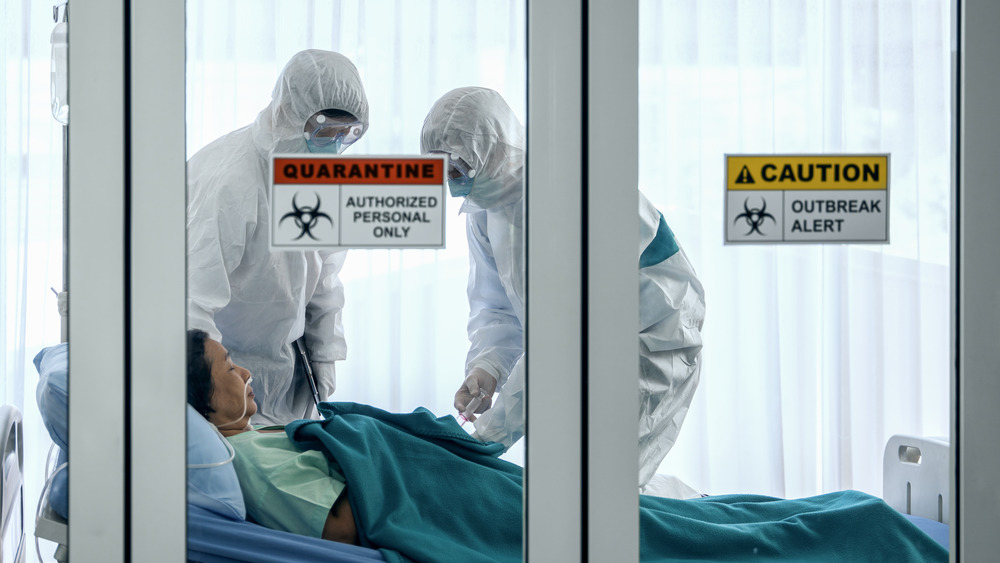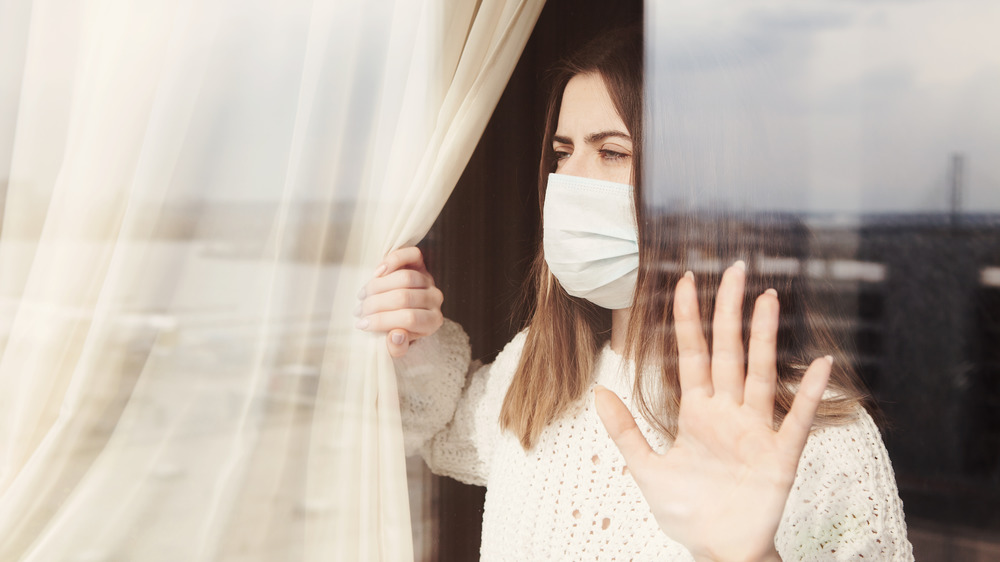The CDC Could Shorten The Self-Quarantine Timeline: What You Need To Know
The CDC has announced that they are considering shortening COVID-19 self-quarantines from 14 days to seven to 10 days. For now, the recommendation is that anyone who has been in close contact with someone infected with COVID-19 needs to quarantine for 14 days because it can take anywhere from two to 14 days to show any symptoms of the virus. The CDC is considering shortening that, however, in hopes that people will better follow self-quarantine guidelines. The shortened time will also include a COVID-19 test to ensure that the person is not infected. The CDC officials are discussing the exact length of the shortened quarantine and what type of test would be given for that person to end quarantine.
Justin Lessler, an epidemiologist at the John Hopkins Bloomberg School of Public Health, told the Wall Street Journal that about 50 percent of people show coronavirus symptoms between five and 10 days after exposure. A small portion show symptoms at 14 days. Henry Walke, the CDC's incident manager for the COVID-19 response, mentions that there is a risk that they would miss some infections, but that it may be worth the risk if people can better adhere to the shorter quarantine time.
There is a surge in COVID-19 infections in the United States, with the CDC reporting that there have been 143,333 new cases and 1,210 new deaths in the last seven days. This recent surge is sending thousands into quarantine and increasing the burden on public health agencies who need to track these people. It's also causing a problem with businesses having large numbers of their employees being sent home for the 14-day quarantine. Experts hope a shorter quarantine would get people to quarantine, meaning they stay home and have no close contact with anyone else.
When to quarantine for COVID-19 exposure
There is a difference between quarantine and isolation. Isolation is to keep anyone infected away from other people, even those in their own homes. Quarantine is keeping someone who has been exposed to the virus away from other people.
You need to quarantine if you've come in close contact with someone who has COVID-19. The CDC defines close contact with someone with COVID-19 as the following — you were within 6 feet of the person for 15 minutes or longer, you cared for someone with the infection, you had direct physical contact (such as hugged or kissed), you shared drinking cups or eating utensils, or they got respiratory droplets on you by sneezing or coughing.
The CDC currently recommends that you self-quarantine for 14 days at home if you've come in close contact with someone with COVID-19. That means you need to stay home and avoid contact with anyone, including members of your household. You also need to watch for any COVID-19 related symptoms, such as headache, coughing, fever, sore throat, trouble breathing, shortness of breath, fatigue, chills, body or muscle aches, runny nose, congestion, loss of smell or taste, nausea, diarrhea, or vomiting.
Your quarantine begins after your last contact with someone who has the virus. So, if you came in close contact with someone infected with COVID-19 on the 1st, your last day of quarantine would be the 15th. You need to contact your health care provider if you have any symptoms. Call 911 if you experience any of the following symptoms — trouble breathing, inability to stay awake, persistent pressure or pain in the chest, confusion, or bluish face or lips.

